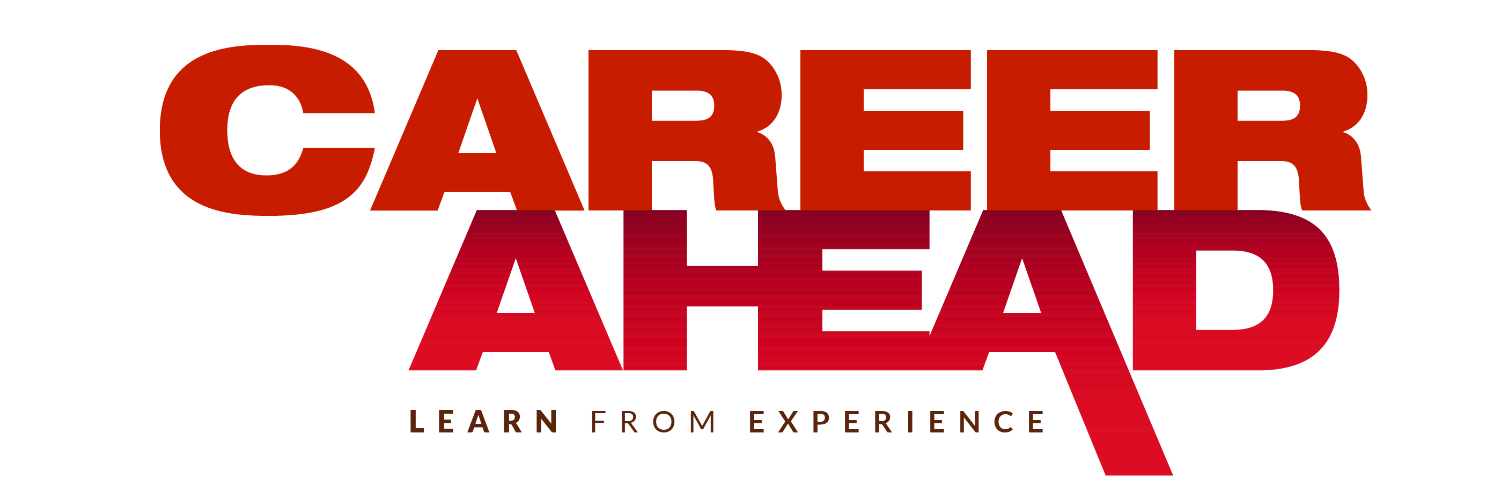No products in the cart.
Digital Technology and Management
The Digital Era is the unique era of the Information Technology (IT) evolution. The Digital New Normal is characterized by unprecedented decision-making insights and exponential potential for automation.
The term ‘Digital Era’ explains the proliferation of various digital information-centric capabilities like high-performance computing, user-friendly computer interfaces, high-speed communications, growing volumes of Big Data, and sophisticated computational techniques for processing Big Data. Technologies like Cloud Computing, Mobile Apps, the Internet of Things, Artificial Intelligence, and Blockchain underpin digital capabilities. The Digital Era is the unique era of the Information Technology (IT) evolution. These contemporary digital capabilities are available on usage-based subscription models, making them available and affordable for companies of all sizes, thereby democratizing innovation.
The Digital-Era Manager – The quintessence of a manager’s role in the Digital Era is to catalyze the journey of organizations towards the Digital New Normal.
When innovation potential is democratized, it creates two fundamental paradigm shifts. First, managers in small firms can decide and execute cutting-edge innovations that can disrupt industries. Second, managers in larger companies need to continuously watch out for digital disruptors while pursuing the innovation agenda of their employer. In such a competitive context, there is potential for unprecedented insights enabled by Digital Technologies to allow improved decision making. This potential for unprecedented insights defines the Digital New Normal in managerial decision-making.
The Digital New Normal – The Digital New Normal is characterized by unprecedented decision-making insights and exponential potential for automation.
In the pre-digital era, insights available for managerial decision-making and actions were relatively less potent. The Digital New Normal for managerial decision-making is characterized by three shifts in the richness of potential insights. These are as follows:
- From Aggregate Insights to Granular Insights
IoT sensors digitalize information about the consumers, the status of machines, and the attributes that define the environments they both work in. The explosive growth of volume and variety of sensors has made it possible to collect and store data about the world – to the extent that it has become economically feasible to create a digital twin for everything on the planet.
- From Periodic Insights to Real-Time Insights
The availability of high-frequency measurements from IoT sensors is a vast spectrum of communication technologies that range from high-performance 5G networks to energy efficient, low cost, low-speed networks like LPWAN (Low-Power Wide Area Networks). These converging trends allow real-time data from IoT devices to be stored in cloud-based data storage and data processing infrastructure. This ability to transfer digitalized information from the edge of the digital network to centralized, cloud-based systems with great speed is enabled by contemporary communication technologies – mobile 5G and broadband networks.
- From Descriptive and Diagnostic Insights to Predictive Insights
The potential to create value from data grows multi-fold when granular data is available in real-time. Artificial Intelligence (AI) has become more accessible and helpful in solving business problems in recent years due to the maturing of Deep Neural Networks. Deep Neural Networks have been successfully deployed across various industries to create economic value using large volumes of data, standard algorithms that deliver predictive insights. Big Data coupled with contemporary AI has enabled the shift from conventional analytics that provided descriptive and diagnostic insights which are retrospective to predictive insights which are prospective.
This Digital New Normal for managerial insights is becoming feasible due to the rapid and converging advancements in digital technologies. While there is an explosive growth of Big Data, the potential to generate insights for decision making is severely constrained by an organization’s ability to identify and harness Big Data that is relevant. Data that is available for companies from both inside the company (such as IoT data) and from outside the organization’s boundaries (from the Internet and social media) but not actively harnessed by companies is called Dark Data.
Contours of Dark Data – The biggest barrier for achieving the Digital New Normal is Dark Data.
IBM estimates that about 90% of data remains as Dark Data due to the inability of companies to harness this Dark Data systematically. The other related barrier is the unstructured nature of Dark Data. Unstructured data could manifest in various forms like text, voice recordings, videos, and images. Oracle estimates that nearly 80% of data is unstructured. Traditional computer systems are not effective in dealing with unstructured data. The most crucial step to harness Dark Data is to extract structured data from unstructured data. Artificial Intelligence (AI) technologies like natural language processing, computer vision, and so forth, which help derive insights from unstructured data, form the essential bridge between Dark Data and the Digital New Normal. Artificial Intelligence is the bridge for unlocking Dark Data and accelerating the journey towards the Digital New Normal.
The Three Horizons of Innovation with AI – Managers need to orchestrate innovation using Artificial Intelligence across three horizons.
Business innovations leveraging Artificial Intelligence rely on applying cutting-edge Research & Development to address specific problems and opportunities in various business domains. From a manager’s perspective, this applied research endeavor can be conceived as a three-step workflow occurring in three distinct horizons of innovation. The starting point is Horizon 3 that involves deep visionary R&D efforts that focus on developing new capabilities over the next five to ten years. R&D inventions that emanate from academia and the hyper-scale digital companies like Google, Amazon Web Services, Microsoft, among others, are examples of the Horizon 3 endeavors. Horizon 2 involves efforts to understand demonstrated innovations from Horizon 3 and develop applied innovation to solve real-life business problems. Finally, Horizon 1 is within the domain of business processes, where the capabilities developed in Horizon 2 are implemented to solve business problems. Business managers belong to Horizon 1 where opportunities exist and get addressed. Applied AI practitioners and data scientists belong to Horizon 2. Given the rapid and continuous advancements in AI technologies in Horizon 3, managers must develop a deeper understanding of applied AI to effectively direct the efforts of AI specialists working for Horizon 2. When managers understand AI technologies at an adequate level of depth, they can nurture a co-creation zone that overlaps Horizon 2 and Horizon 1. In the co-creation zone, business managers and AI specialists should collaborate to apply technically feasible capabilities and implement economically viable solutions to create business value. Digital-Era managers need to attain and sustain a deeper understanding of technology to thoughtfully balance experimentation and economic outcomes.
- The article was originally published in Career Ahead January 2022 issue.











Wow, fantastic weblog layout! How lengthy have you been blogging
for? you make blogging look easy. The total glance of your site
is great, as well as the content!